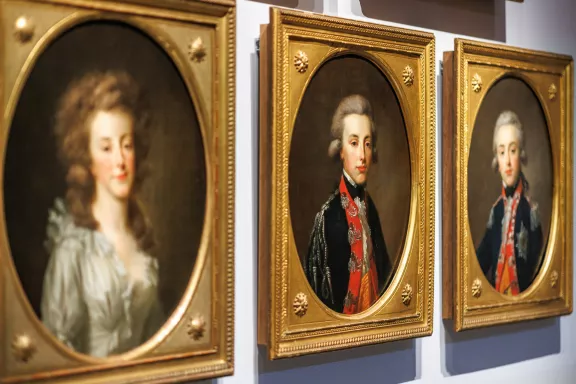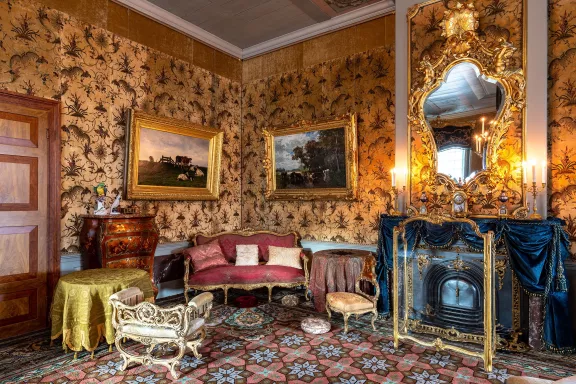Explore the Dutch royal family tree at Paleis Het Loo
The Dutch royal family tree spans four centuries with its roots running from William of Orange to King Willem-Alexander.
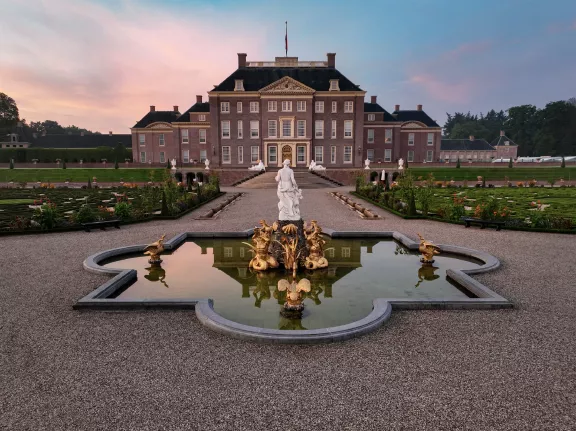
Stadtholders, kings and queens form the branches of the Dutch royal family tree. It’s a blended family with stadtholders, kings, queens and two strands of Willems. Some are Dutch royals by birth, others marry into the royal family. They come from different backgrounds, countries and religions. Each branch on the Dutch royal family tree plays a part in shaping the history of the Netherlands and the House of Orange. Many members of the Dutch royal family tree have roots leading to Paleis Het Loo. It’s beloved ground for the Netherlands royal family tree.
Willem at the top of the Dutch royal family tree
The Dutch royal family tree has two strands of Willems, or Williams in English. At the top of the Dutch royal family tree is William of Orange - the first hereditary stadtholder of the House of Orange. This makes him the first Willem I. Incidentally, the term stadtholder has nothing to do with ‘stad,’ the Dutch word for city. It refers instead to the German word ‘statt’, meaning ‘in the name of’.
Willem of Orange first serves as ‘stadtholder’ in the name of the Spanish crown. He later becomes stadtholder in the name of almost all the provinces of the Republic of the Seven United Netherlands. It’s a republic without a king. The House of Orange stadtholder quickly climbs the ladder, becoming an important and powerful person. He lives in a palace, has a court and holds the country’s highest military position. So Willem I looks and acts like a sovereign, without really being one.
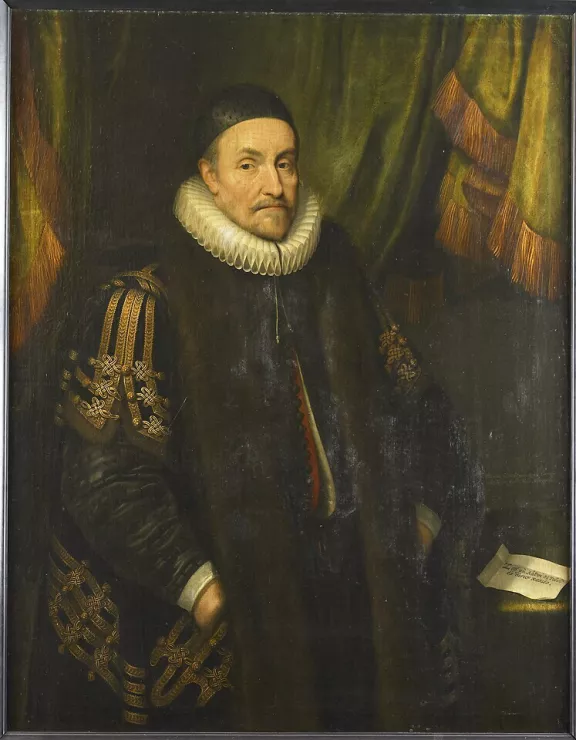
First king on the Dutch royal family tree in 1814
Willem V is the last stadtholder on the Dutch royal family tree. In 1795, he flees as French troops invade the country. In 1813, his son Willem Frederik returns to the Netherlands. Two years later, Willem Frederik becomes the first king of the United Kingdom of the Netherlands, this includes the Southern Netherlands, which is now Belgium. To make a clear distinction between himself and his father, Willem Frederik calls himself King Willem I instead of Willem VI. This starts a new strand of ‘Willems’ in the Dutch royal family.
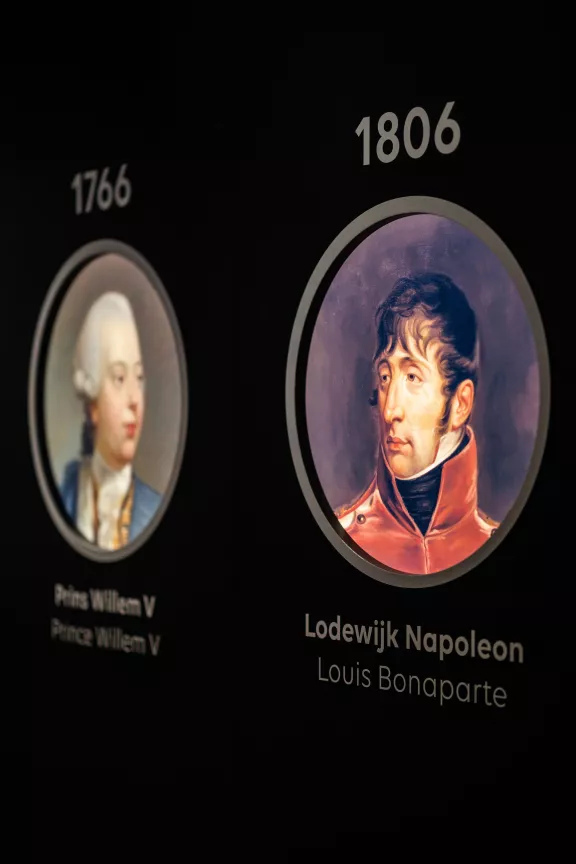
Four queens in succession
After King Willem III, the Netherlands royal family tree has only queens for three centuries: Emma, Wilhelmina, Juliana and Beatrix. They have a combined reign spanning more than a hundred years. The next king on the Dutch royal family tree ascends to the throne in 2013: King Willem-Alexander, who decides not to take on the name Willem IV.

Journey through the Dutch royal family tree at Paleis Het Loo
The Dutch royal family tree and the history of Paleis Het Loo are intertwined like ivy. King-stadtholder Willem III (1650-1702) and Queen Mary II (1662-1695) have Paleis het Loo built in 1684. Generations of the Dutch royal family tree members call Paleis Het Loo home as their summer palace. Queen Wilhelmina (1880-1962) lives in Paleis Het Loo for part of the year. You can see her apartments and those of her parents, King Willem III and Queen Regent Emma, her husband Prince Hendrik and her daughter Queen Juliana and son-in-law Prince Bernhard in the palace. Paleis Het Loo brings the Dutch royal family tree with all its twists and turns to life.
